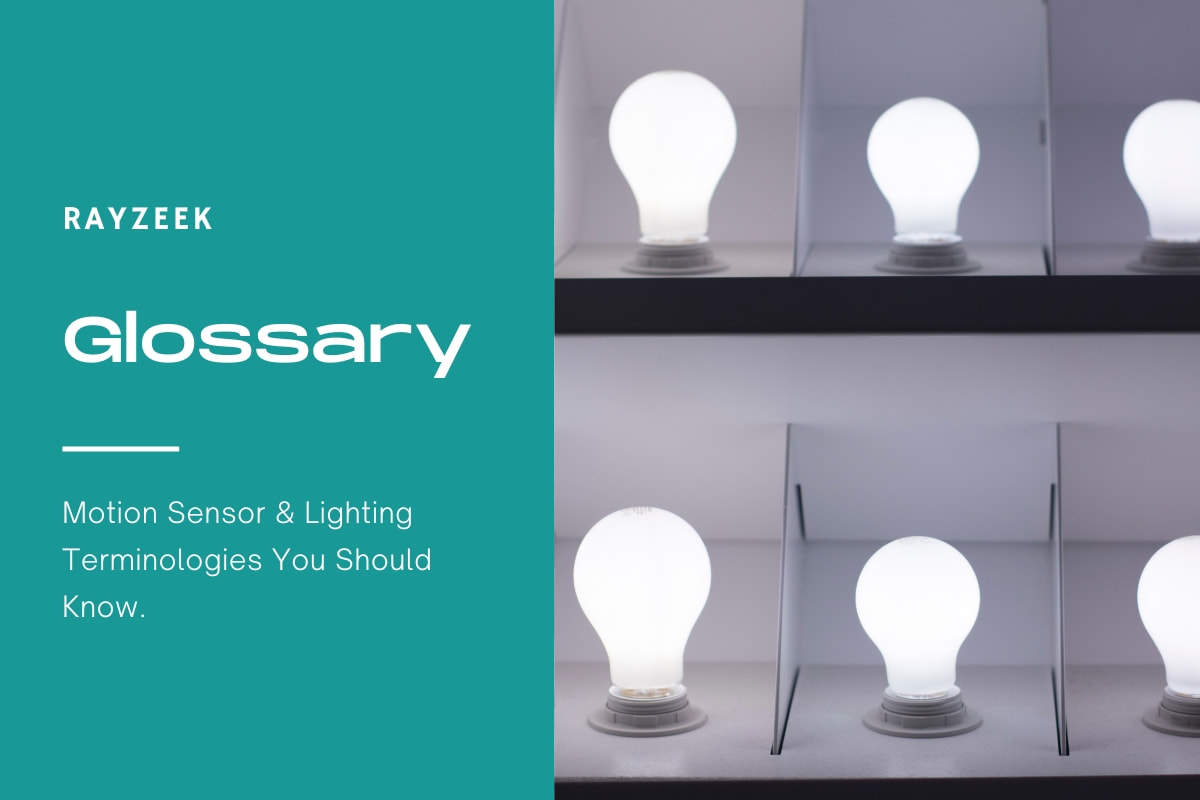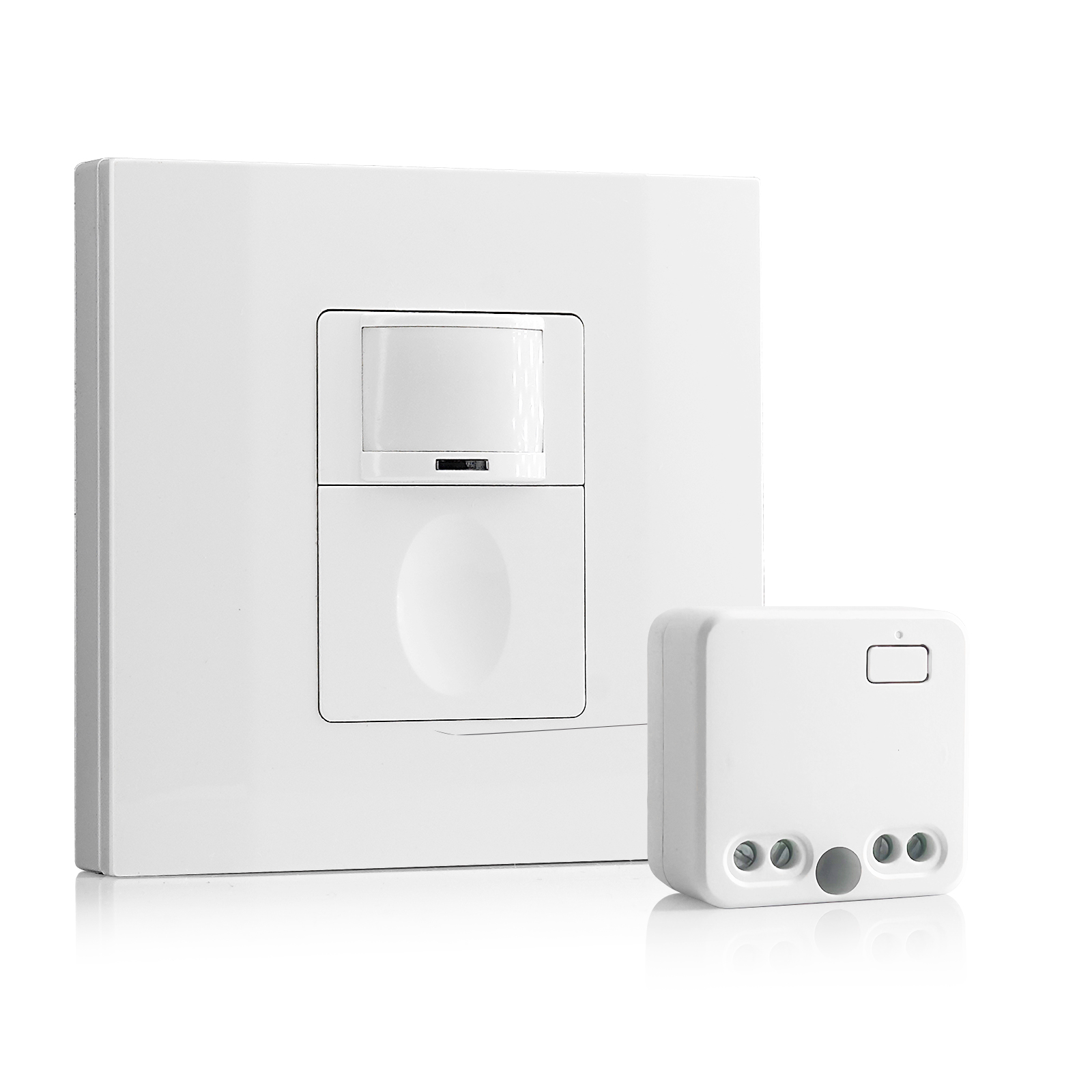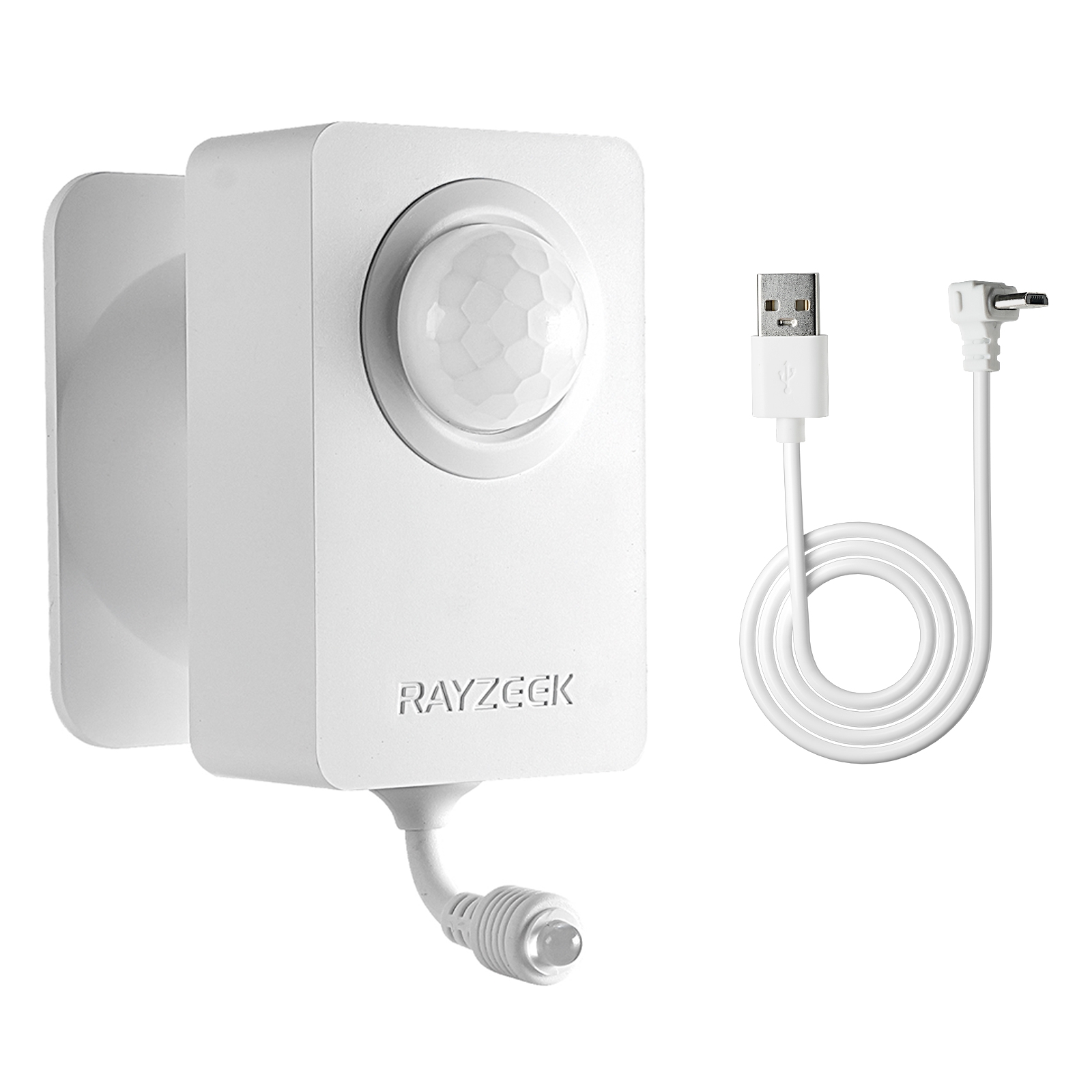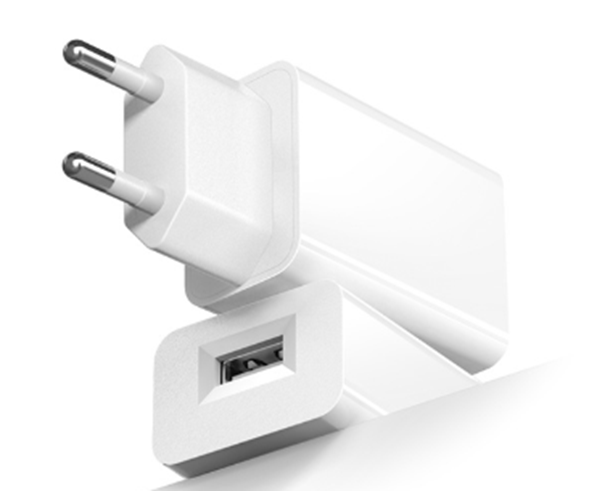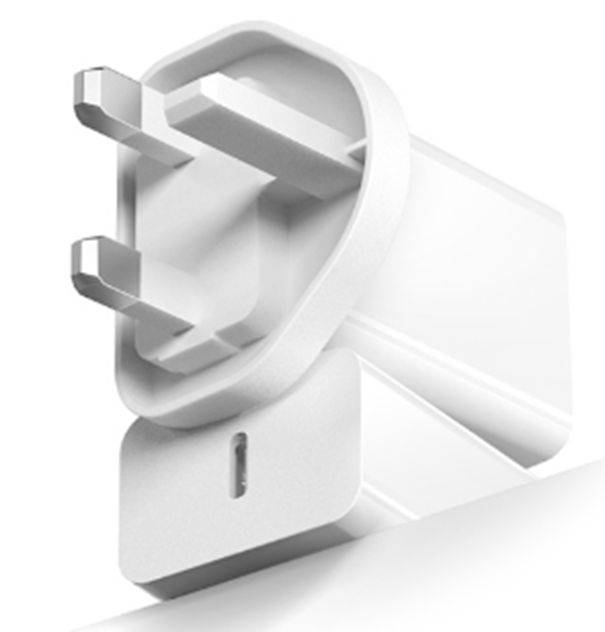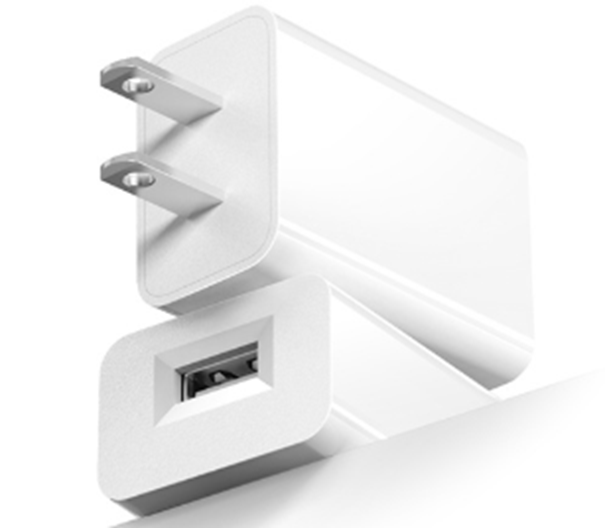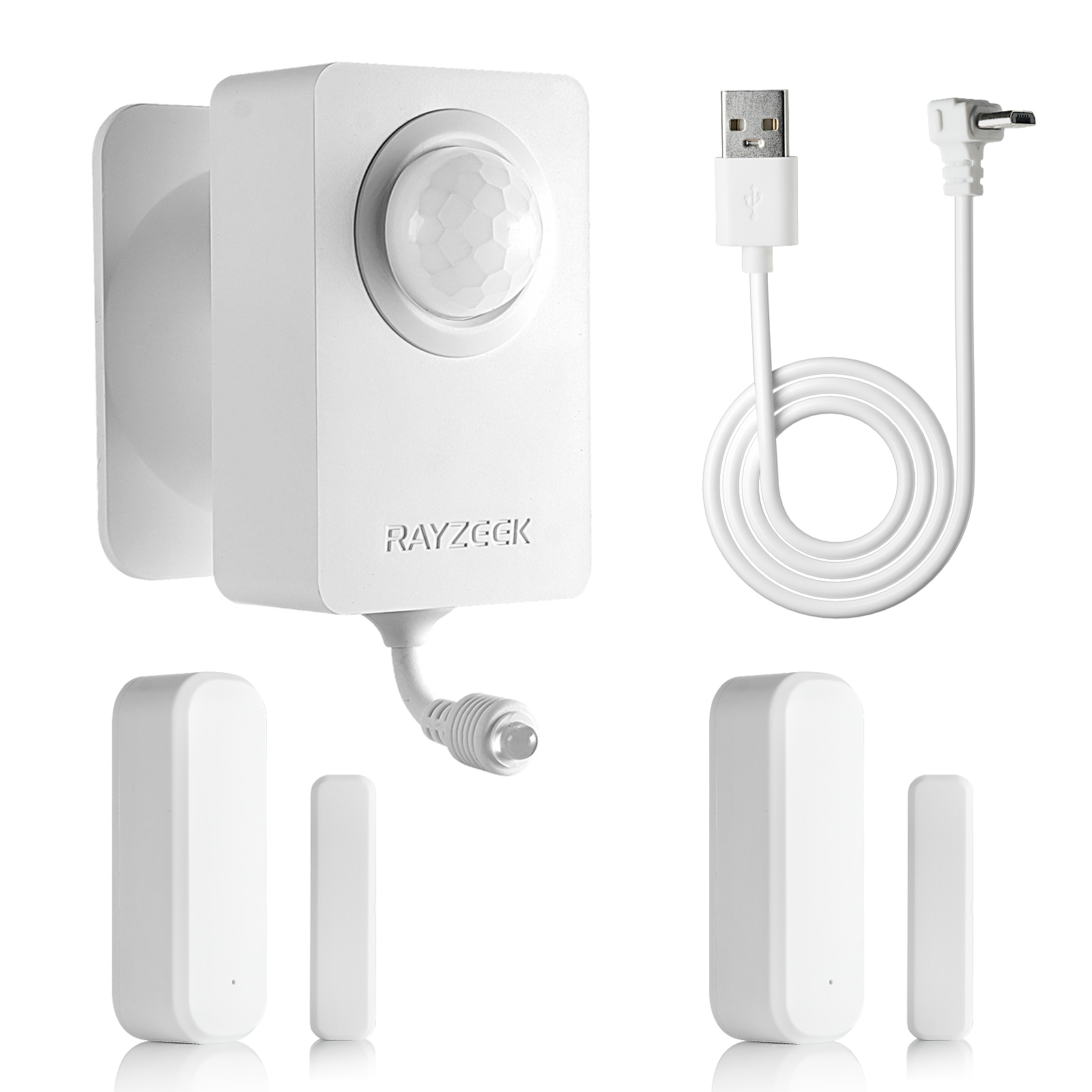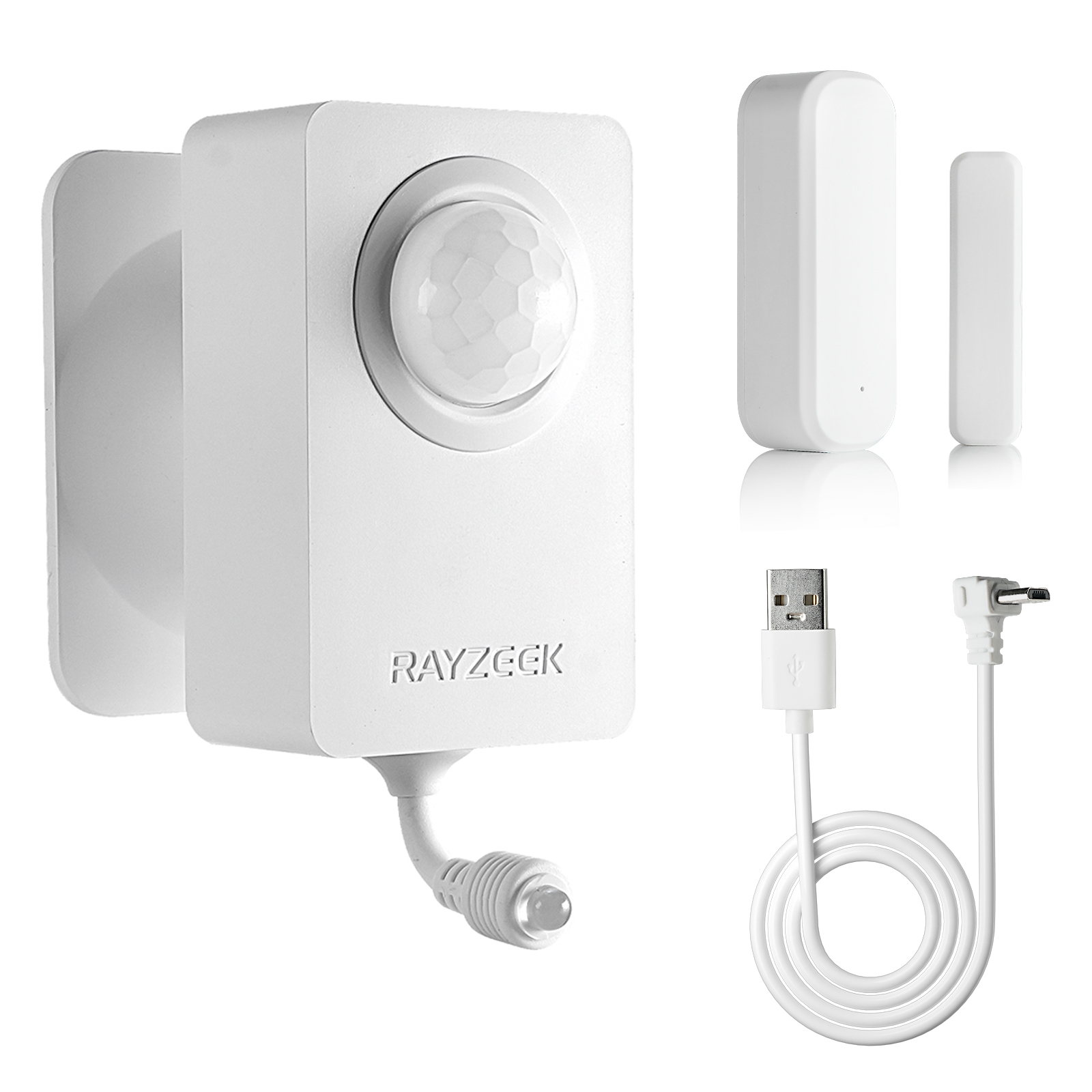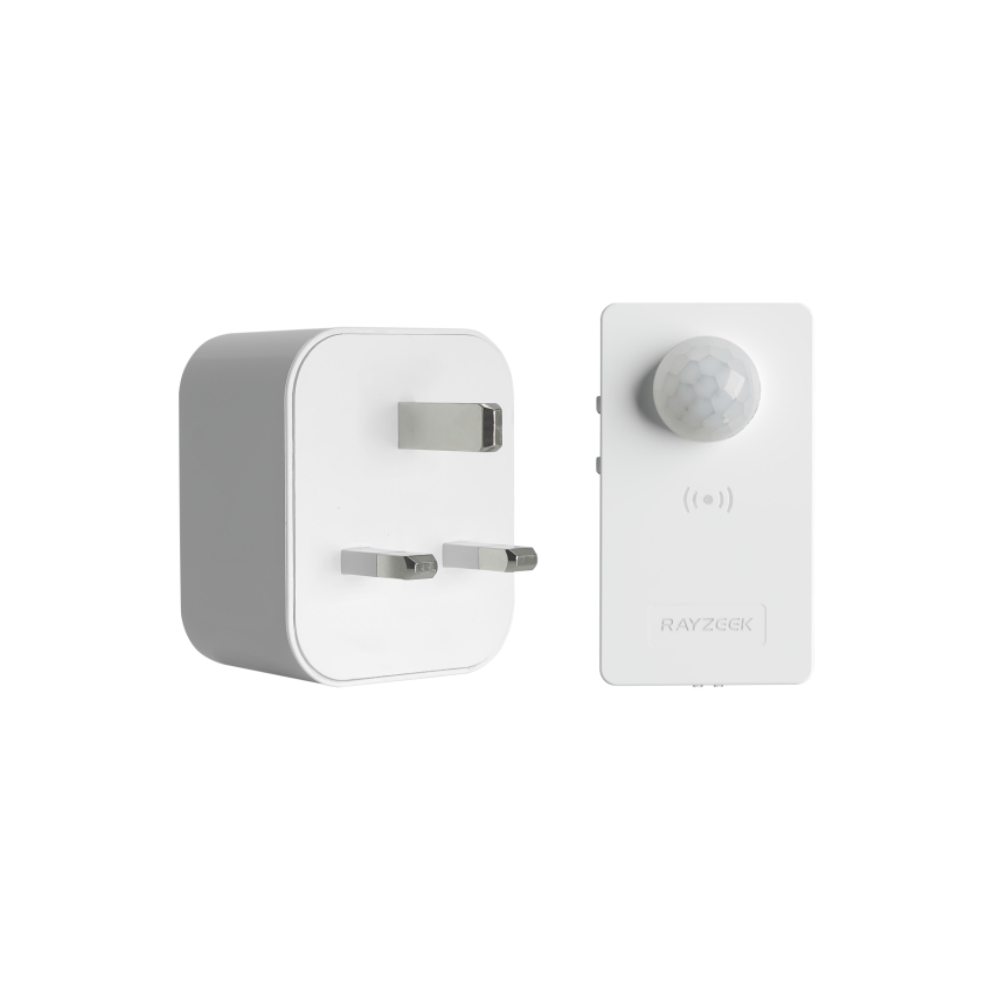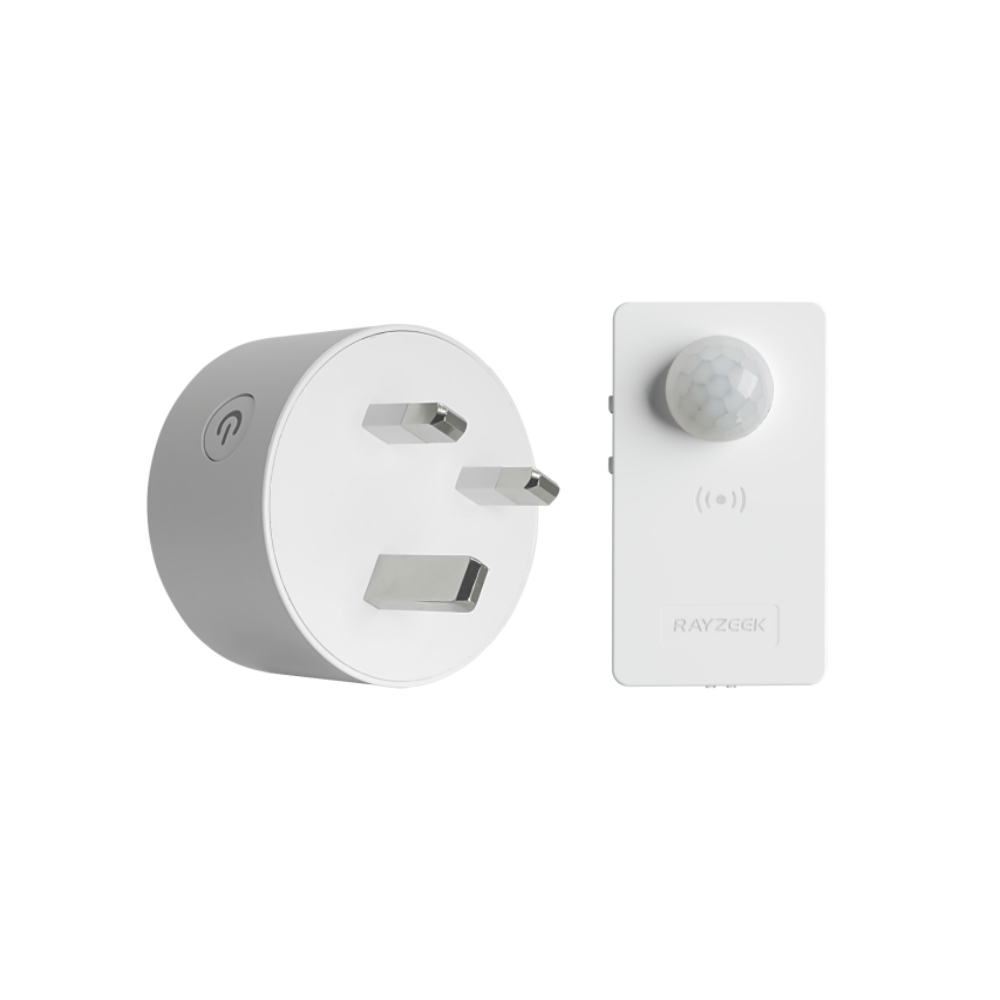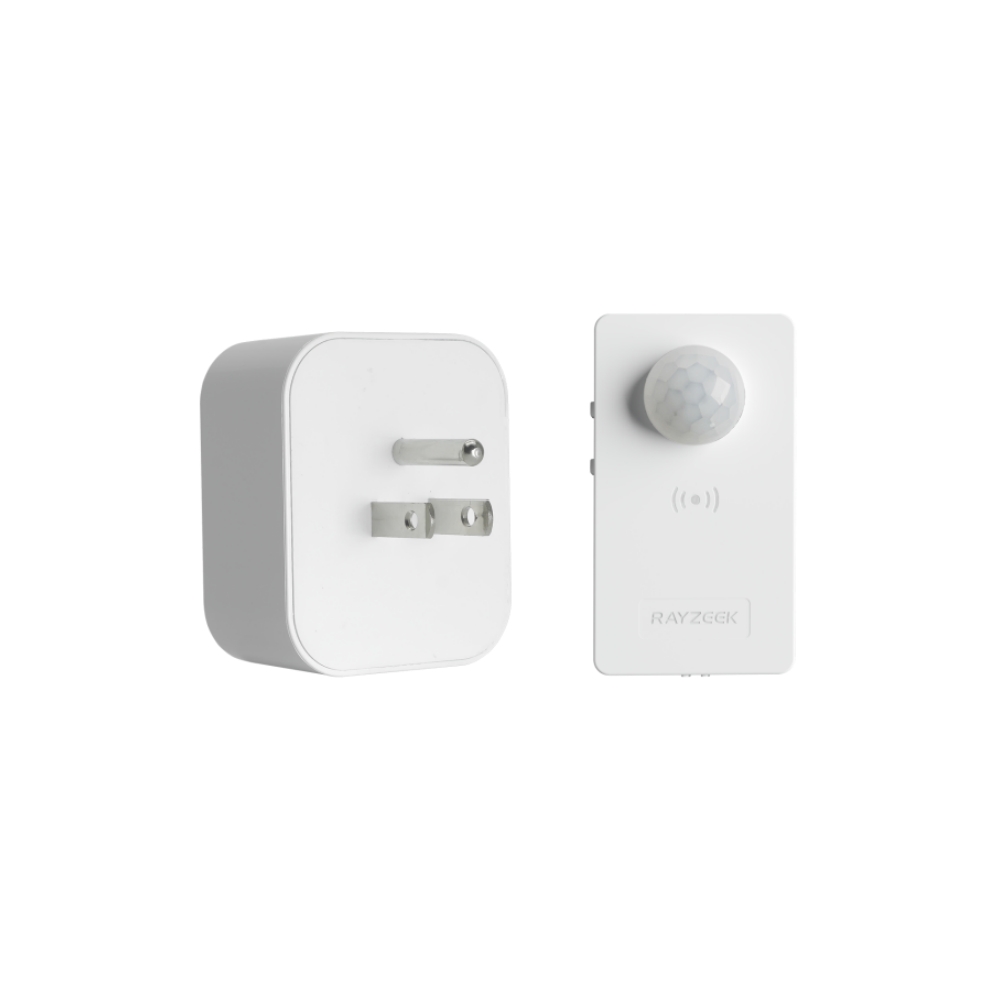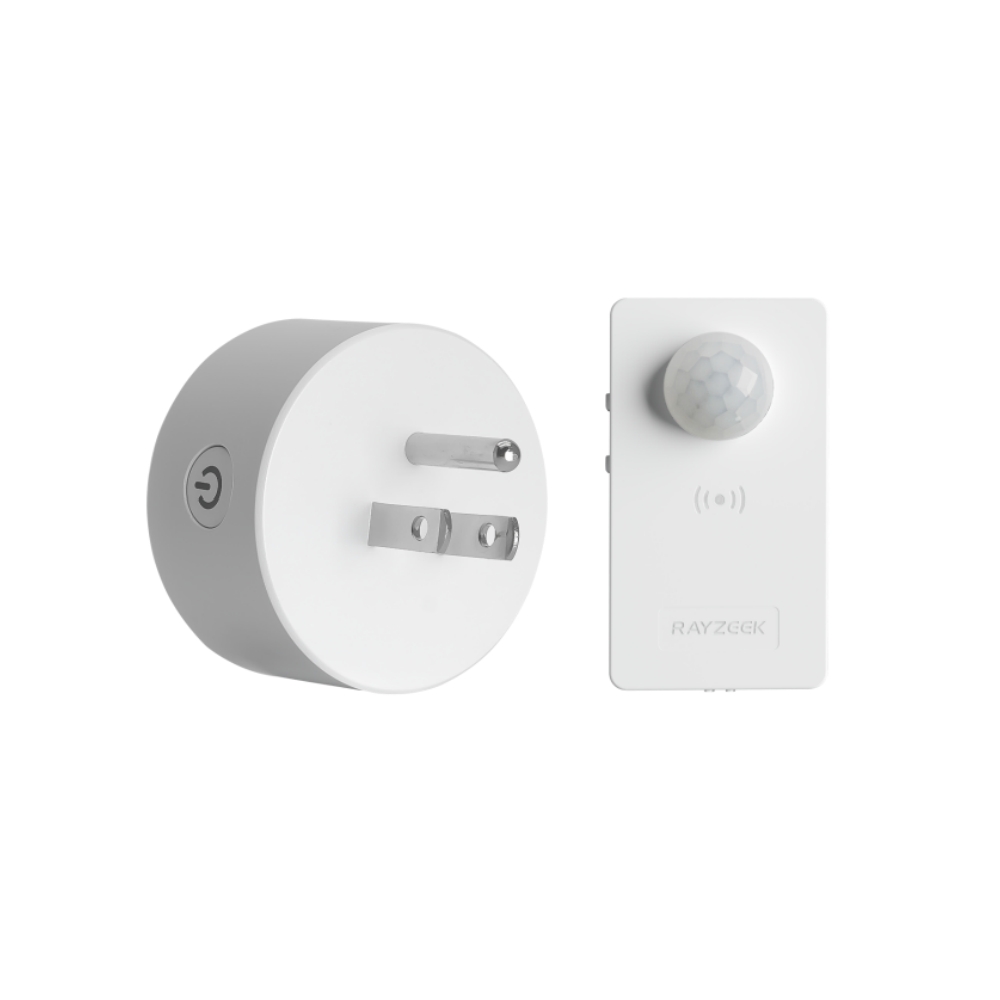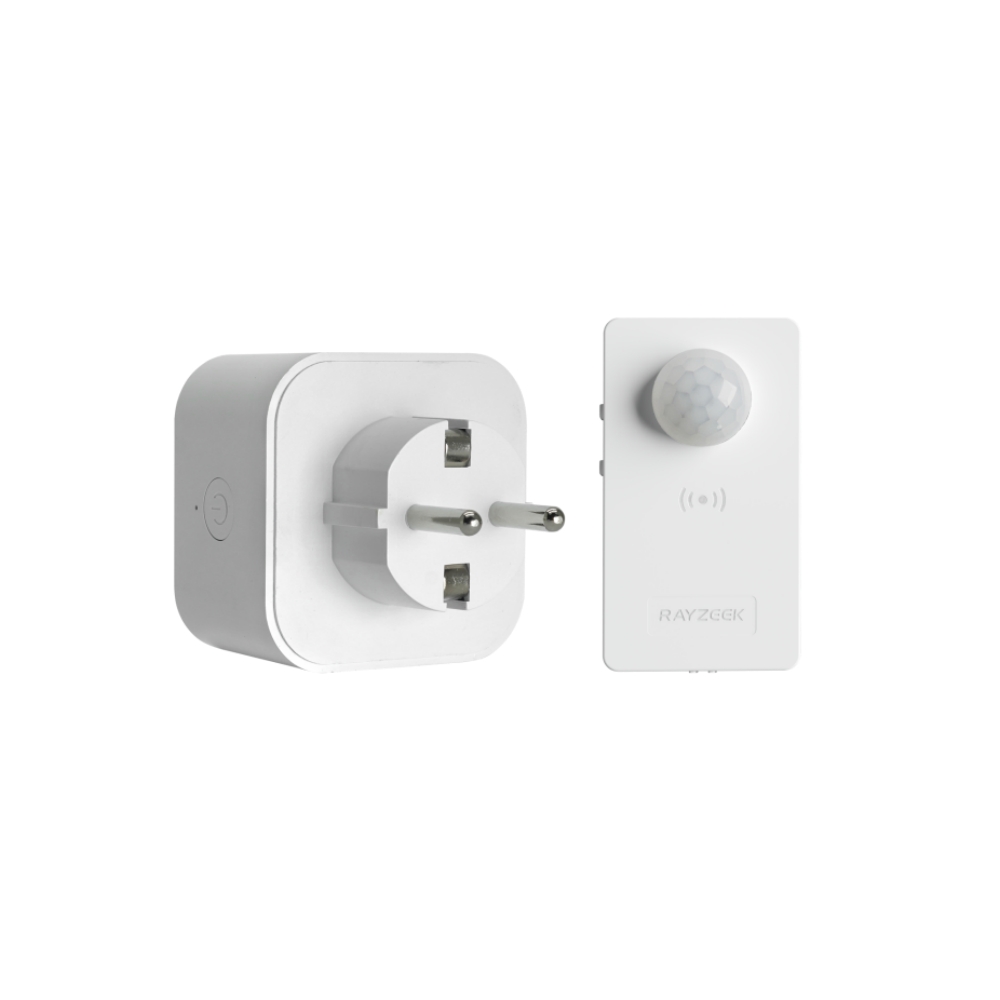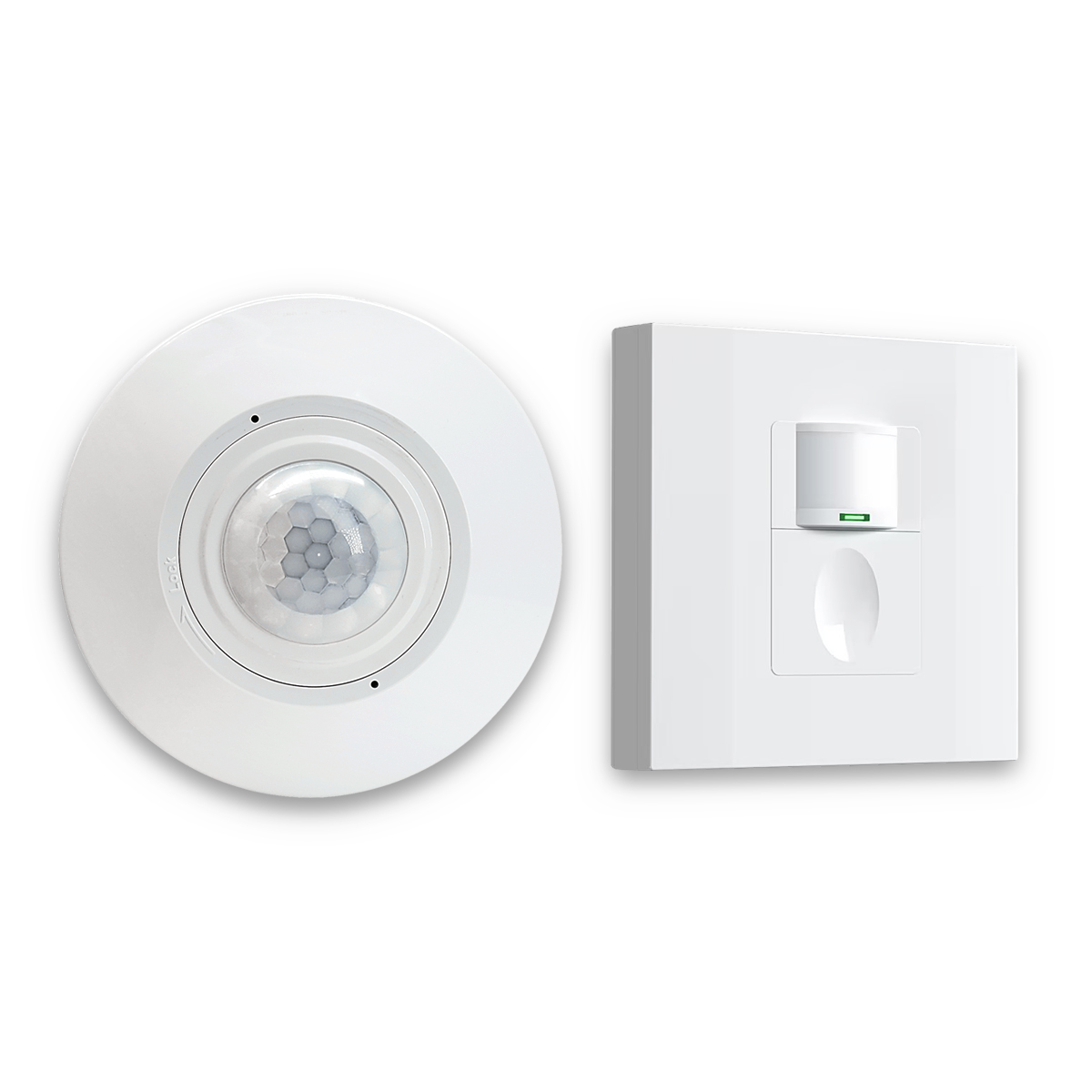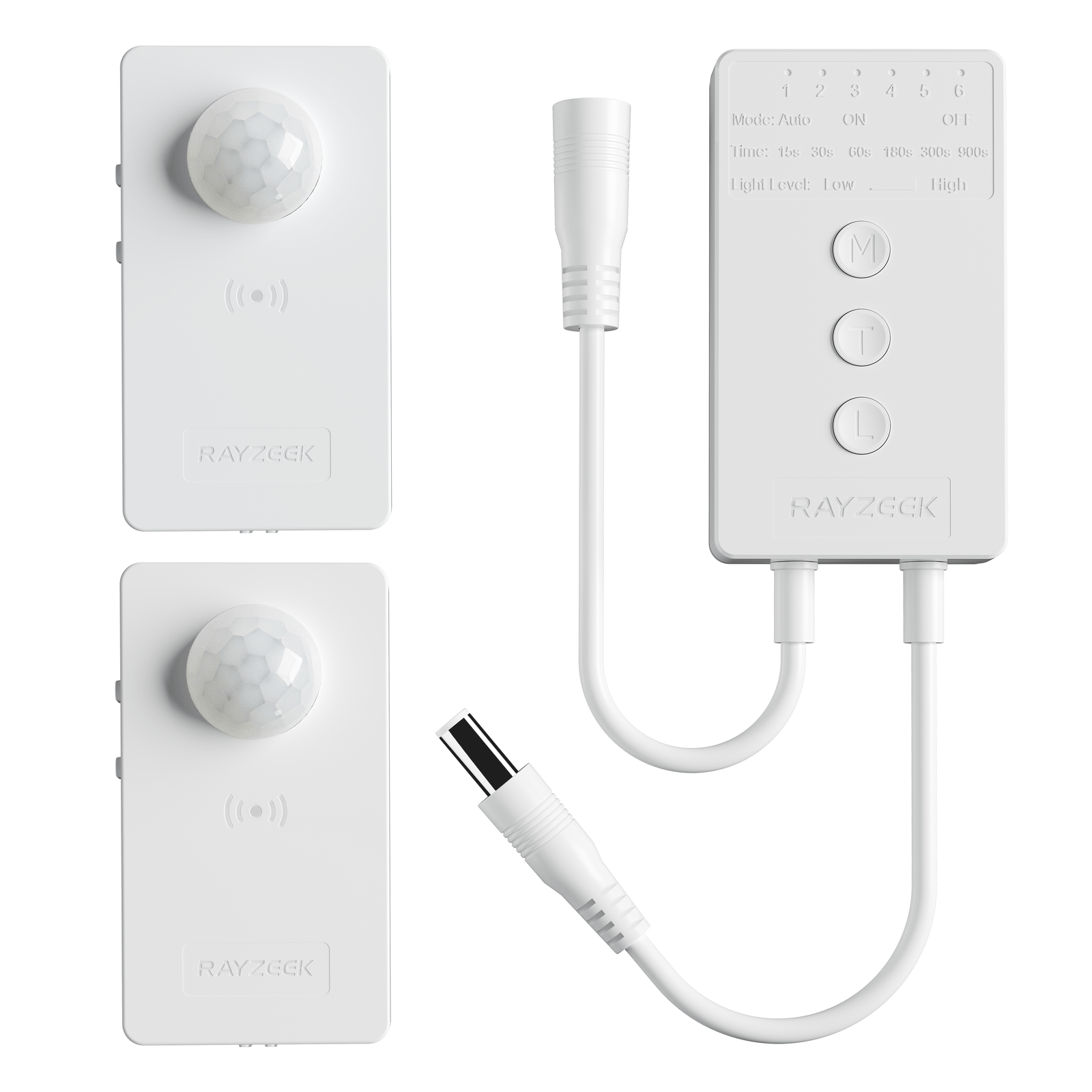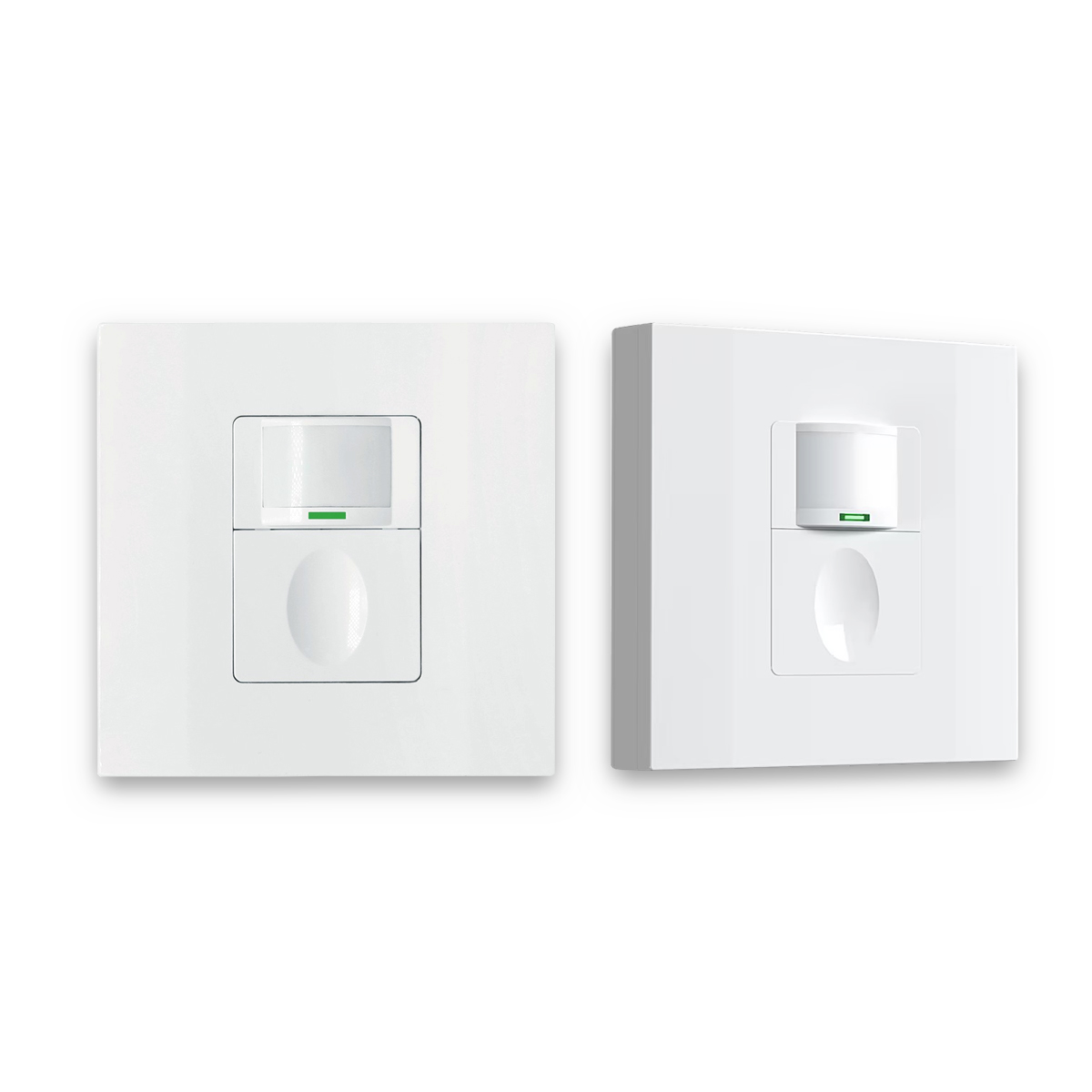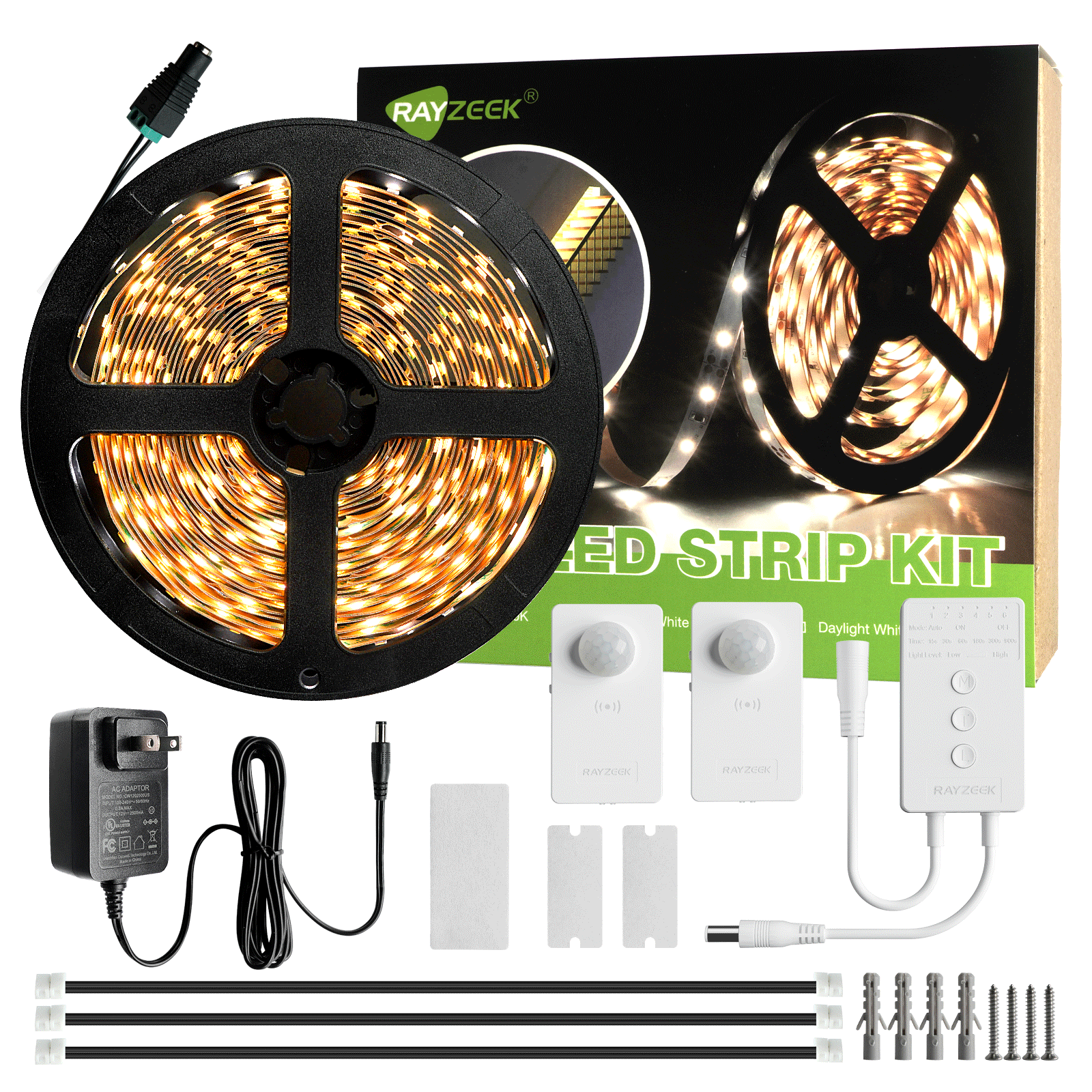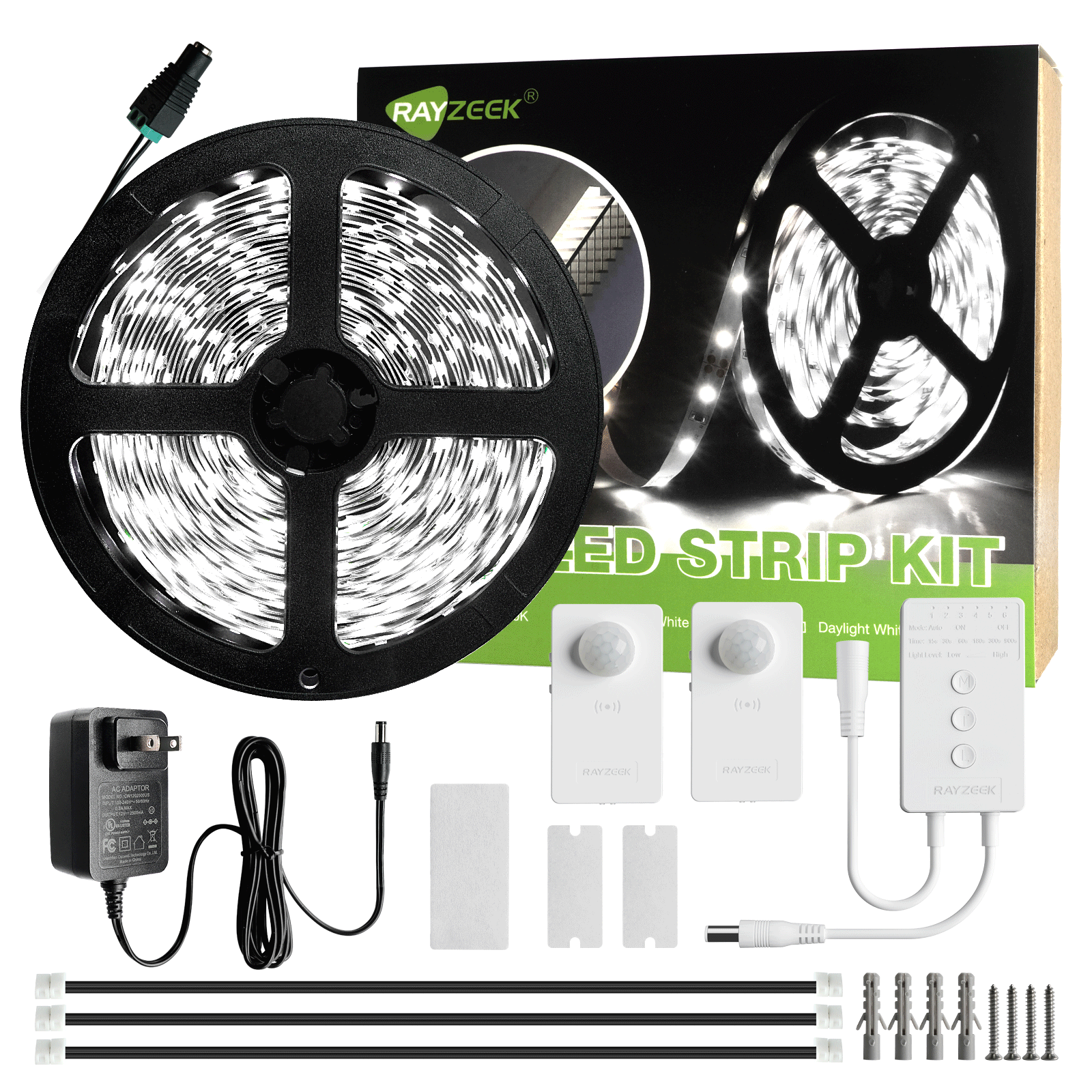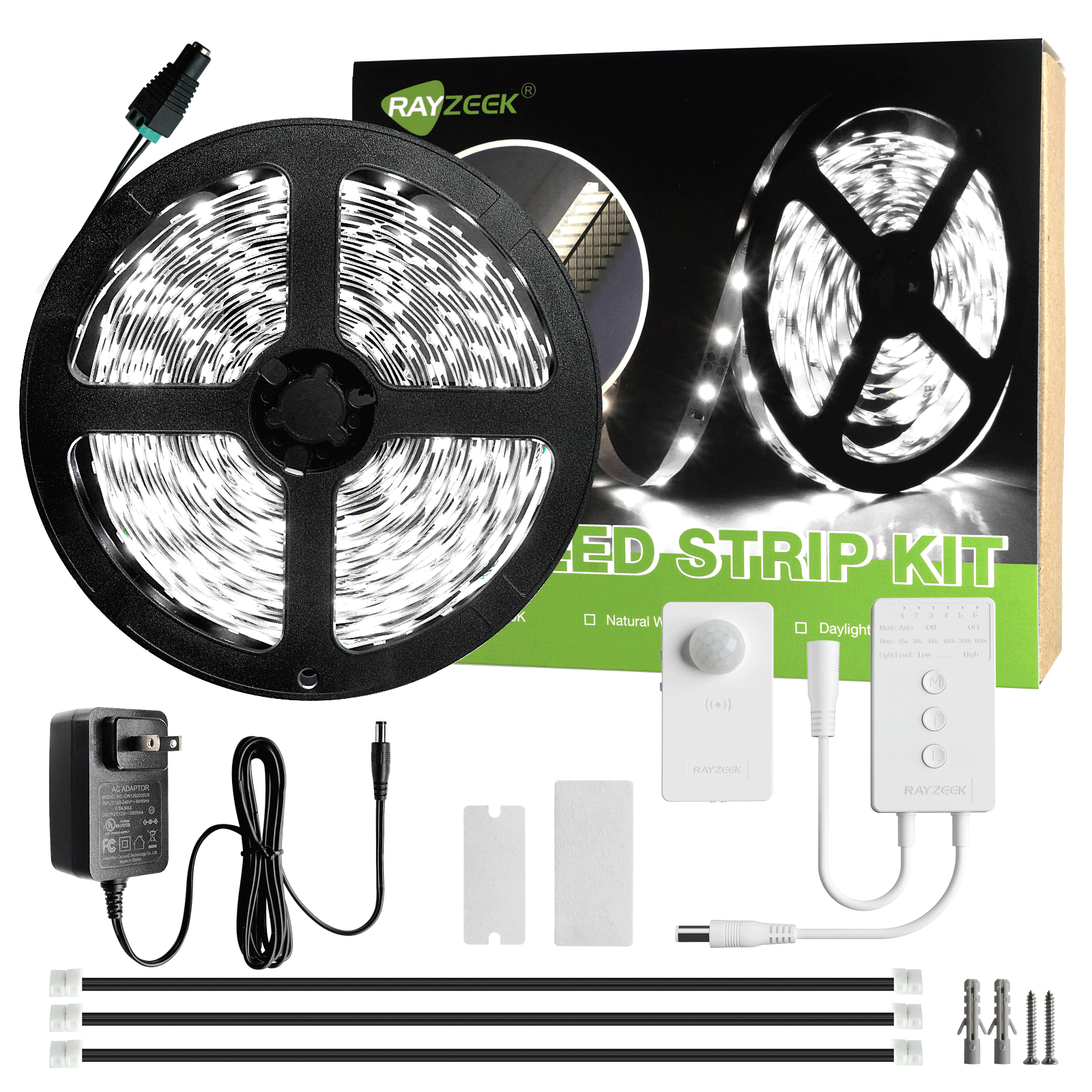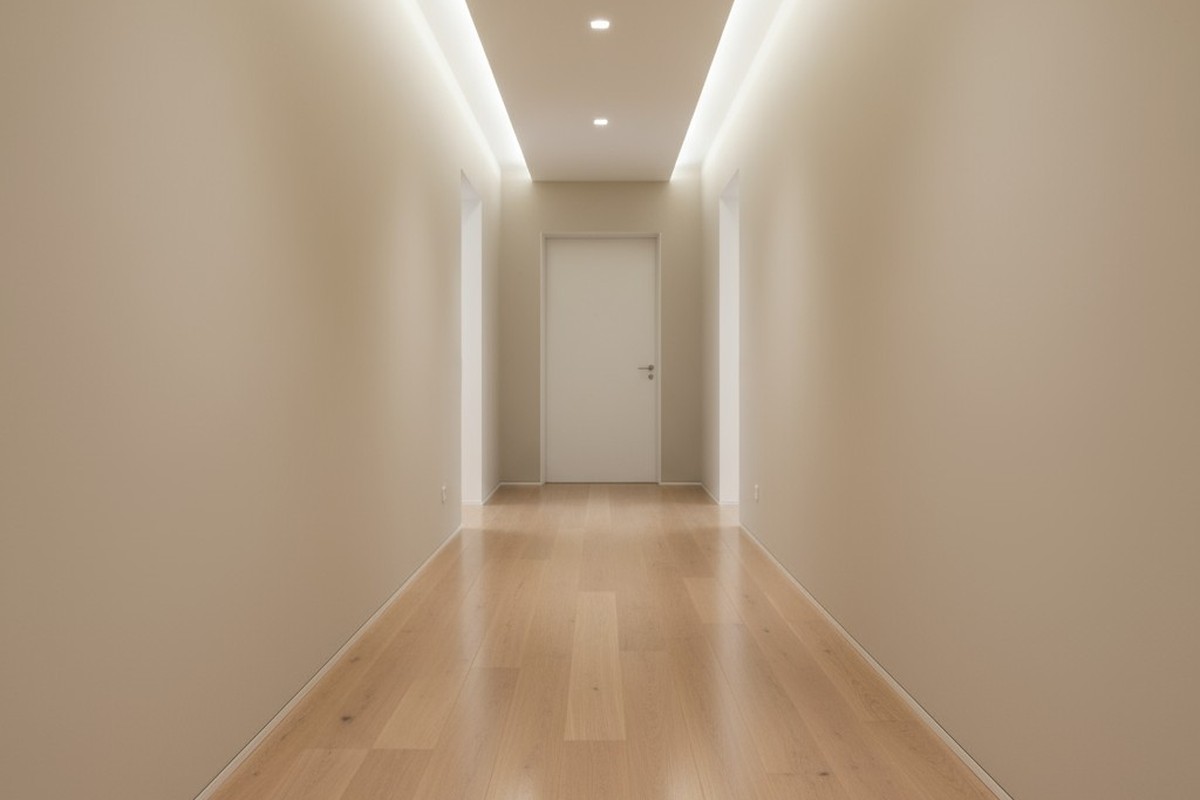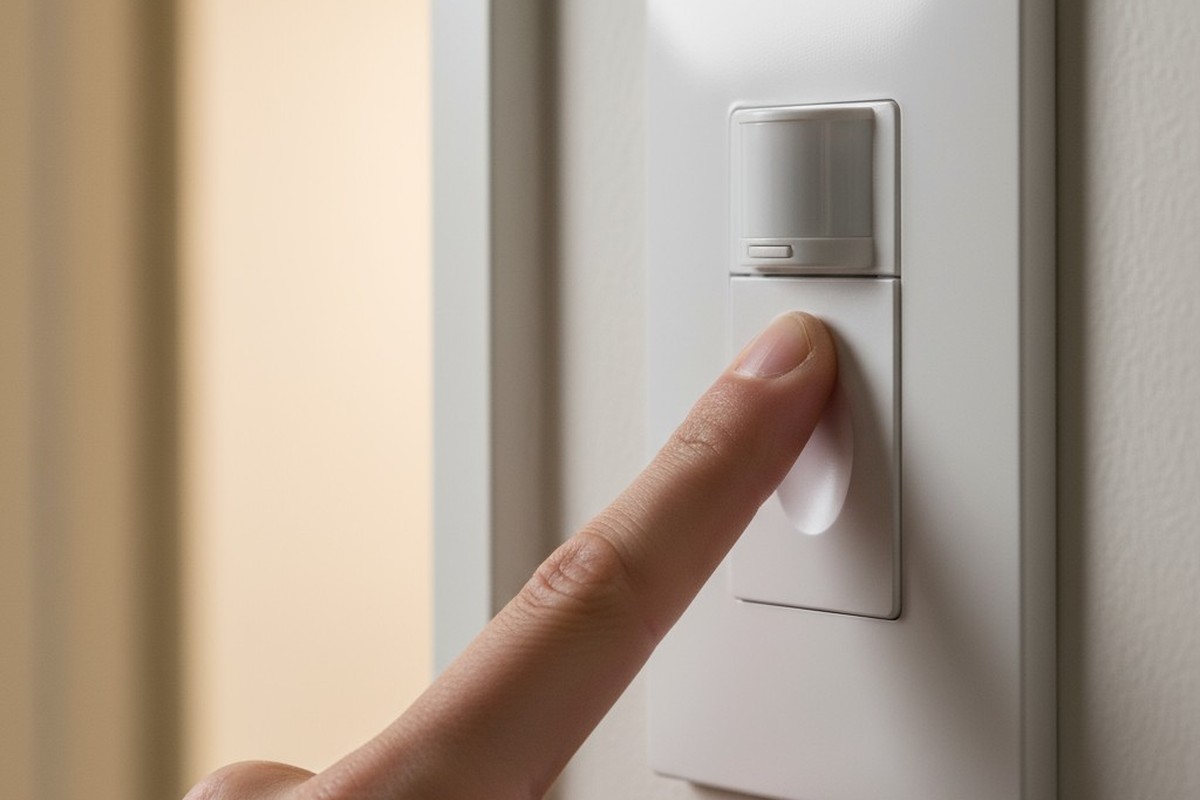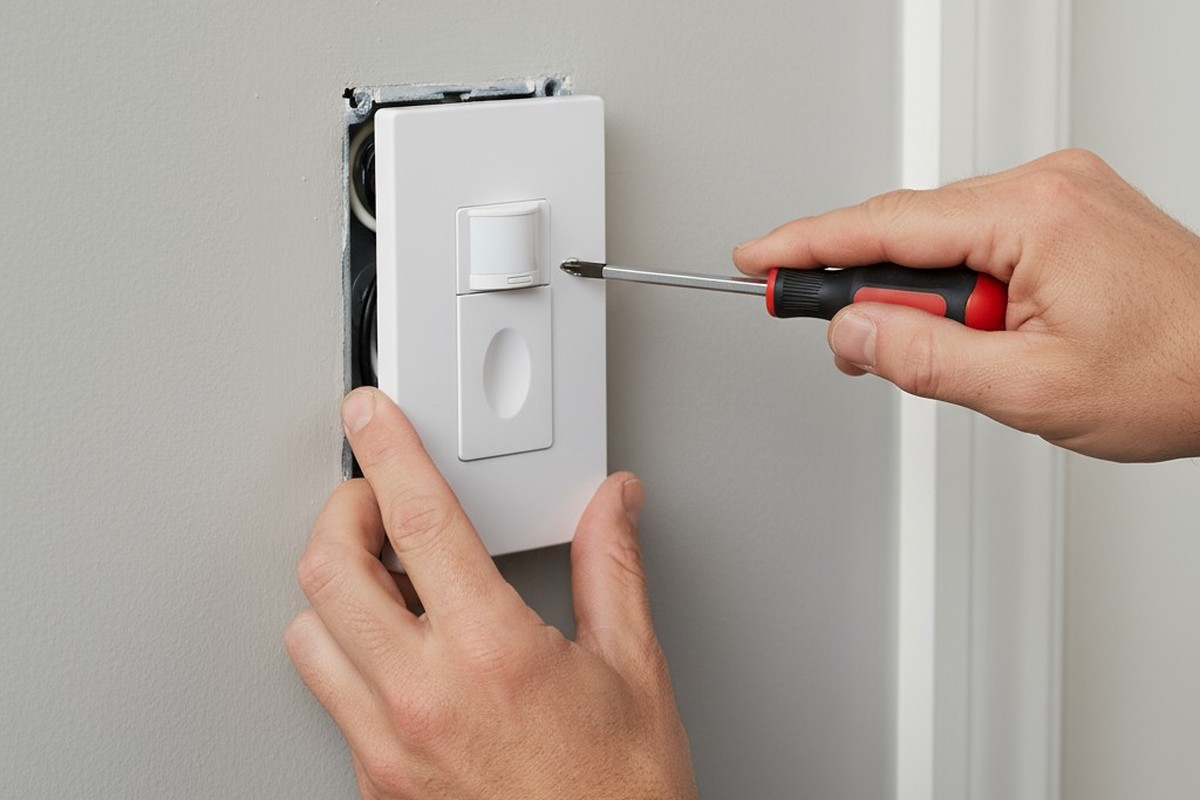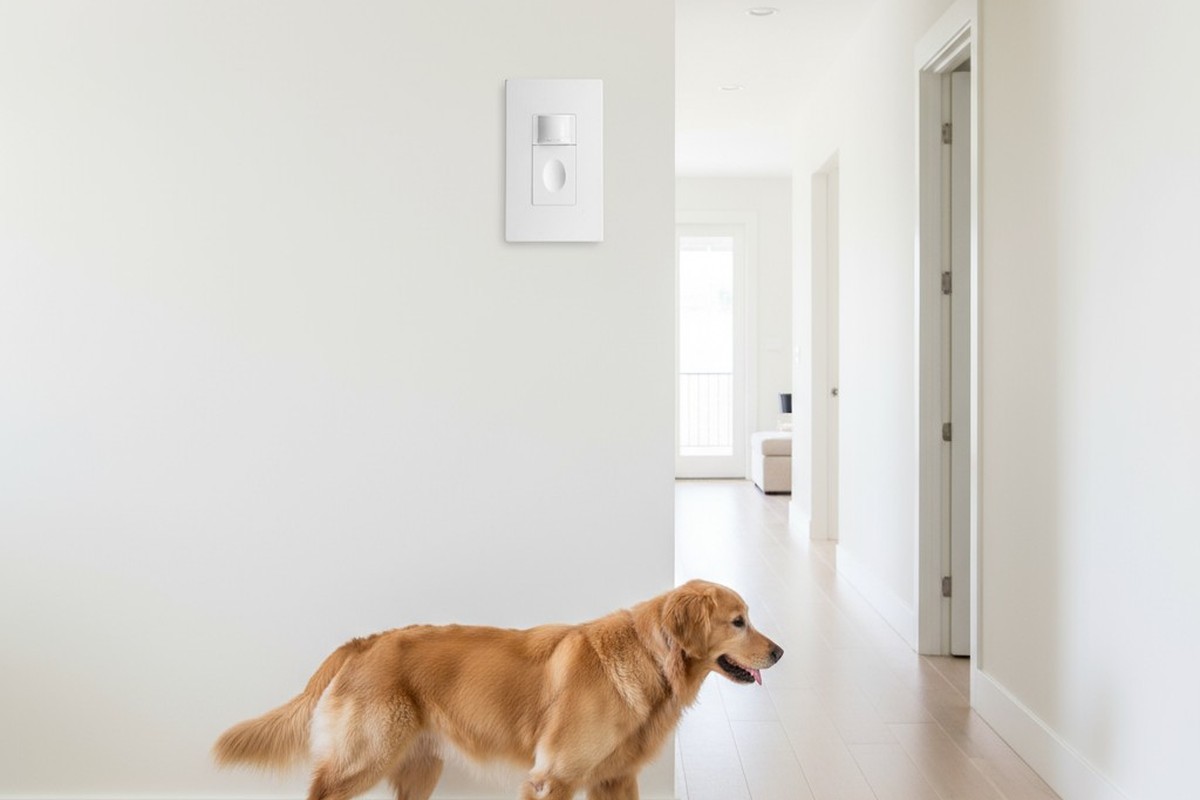What is RGB Light
RGB light, short for red, green, and blue light, refers to a lighting technique commonly used in the lighting industry. This technique involves combining red, green, and blue colors of light to create a vast spectrum of colors. By adjusting the intensity of each color, RGB lights can produce over 16 million color options, offering versatility and customizable lighting effects.
The acronym RGB represents the three primary colors of light: red, green, and blue. When these colors are combined, they can generate a wide range of hues and shades. Each of the base colors has numerous different shades, allowing for precise control over the resulting color. By mixing and matching these shades, RGB lights can achieve millions of color possibilities.
Looking For Motion-Activated Energy-Saving Solutions?
Contact us for complete PIR motion sensors, motion-activated energy-saving products, motion sensor switches, and Occupancy/Vacancy commercial solutions.
RGB lighting finds applications in various industries, including architectural lighting, stage lighting, and decorative lighting. It is commonly used in LED strips, which are flexible strips containing multiple RGB LEDs. These LED strips allow for easy installation and offer the flexibility to create dynamic and visually appealing lighting effects.
Maybe You Are Interested In
Frequently Asked Questions
What Color Light Is Least Harmful
Exposure to white light during the day can have positive effects, such as enhancing alertness and mood. To minimize disruption to the circadian clock at night, it is recommended to use a dim light with a red hue. Alternatively, very dim yellow or orange lights can also be used as they have minimal impact on the clock.
Are RGB Lights Better Than LED
While RGB lights have the capability to produce colors that are close to white, dedicated white LED chips are more suitable for task and accent lighting where a pure white tone is required and color is not necessary.
Why Do People Like RGB Lights
The reason why people are fond of RGB lights is quite straightforward. RGB colors are utilized on PC components or peripherals to enhance their performance, offering a wide range of 16.8 million different colors. For instance, opting for RGB RAM instead of non-RGB RAM can potentially result in a significant boost of 20 to 35 percent in frames per second.
Are RGB Lights Bad for Sleep
It is widely known that exposure to blue light can have a detrimental effect on the quality of your sleep. This includes electronic screens, LED lights, and fluorescent lights, as they all emit blue light. Additionally, a study conducted in 1991 and another one in 2016, which focused on mice, discovered that green light could also have a negative impact on melatonin levels.

